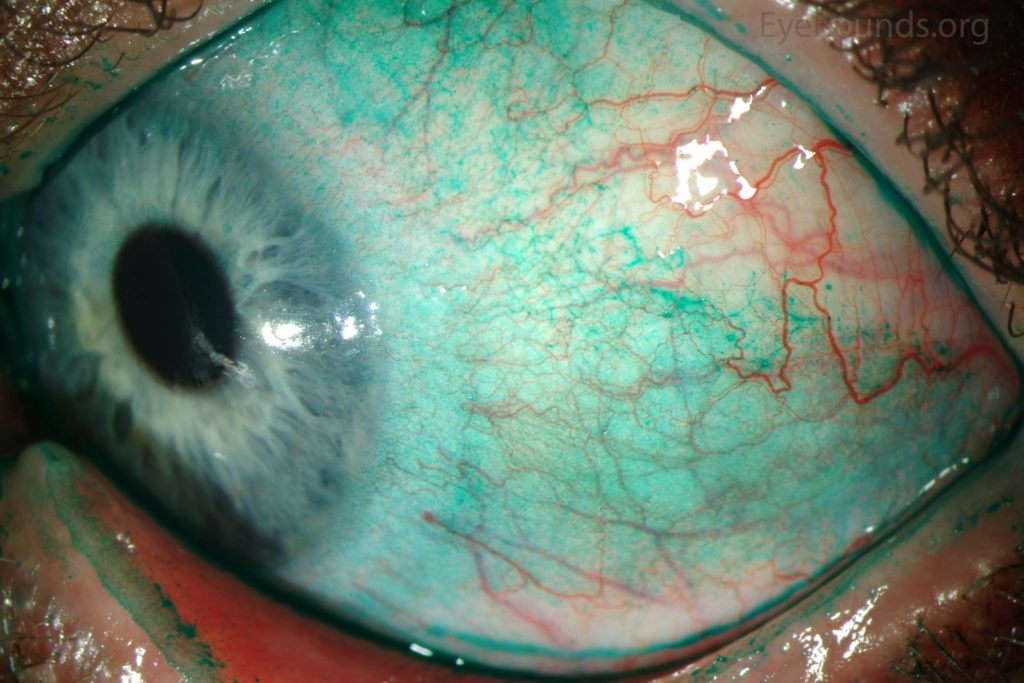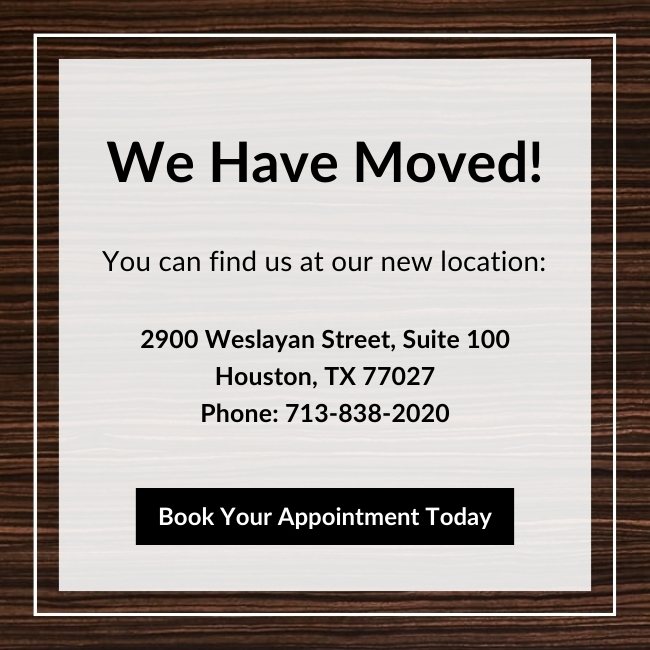In order to better serve you and to enhance your experience at our office, please read through this email before your Dry Eye Exam appointment:
If you experience any symptoms such as: red, dry, gritty, itchy, burning eyes, light sensitivity, blurry or fluctuating vision, watery eyes, fatigue, or experience difficulty wearing contact lenses, you may have dry eye syndrome.

Dr. Bridgitte Shen Lee and Dr. Jennifer Sheen would like for you to learn the basics about Meibomian Gland Dysfunction (MGD) and Dry Eye Disease (DED) before your scheduled Dry Eye Exam:
Homework Before Your Dry Eye Exam
- Watch the entire YouTube playlist on MGD/Dry Eye
2. Read through Vision Optique’s website section on Dry Eye Disease
Dry Eye Exam Logistics:
A. On the day of dry eye exam: do not use eye drops and do not wear eye make up
B. Initial Dry Eye Exam: clinical exam and external ocular photos are usually covered by your medical insurance
- We will bill United, BCBS, and Medicare medical insurance
- If you have Cigna, Aetna, Humana or other health insurance, we will give you a detailed statement with diagnosis code so you can file yourself
Management of Dry Eye Exam involves:
A. These are the medical diagnostic tests performed: lipiview, lipid layer thickness, blink rate, tear osmolarity, meibomian gland expression score, tear break up time, vital dye staining tests of tear film, cornea, and conjunctiva; and presence of blepharitis and demodex.
B. Each dry eye patient receives a detailed treatment and management plan after the initial comprehensive dry eye examination
C. Do not add or deviate from the prescribed treatment plan.



